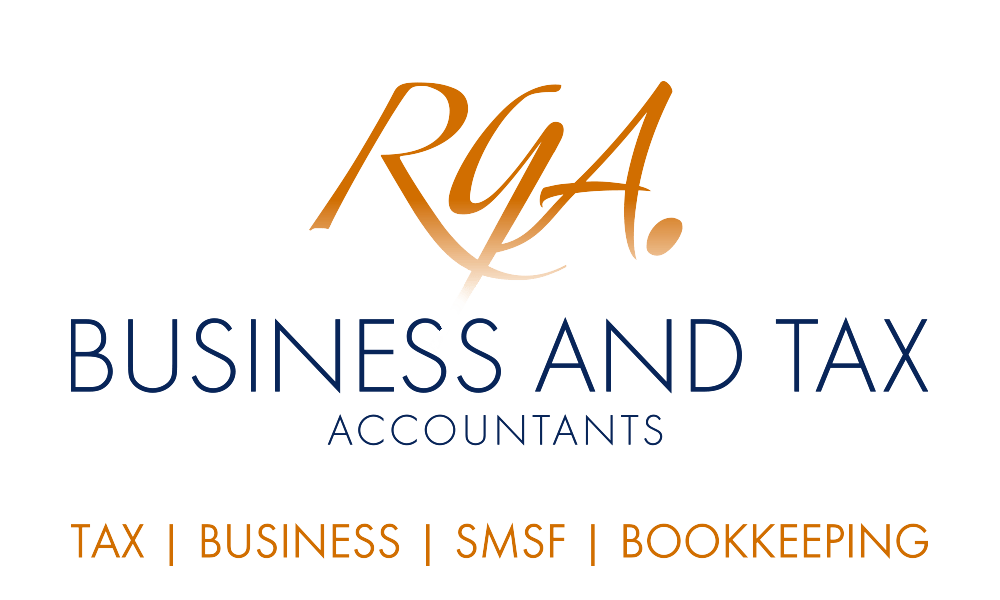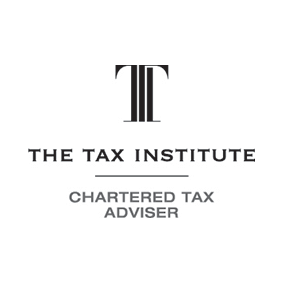Contributions into SMSFs: minimum standards

There are many compliance obligations for trustees of SMSFs. One of the simplest but most important is ensuring that contributions from members can be accepted. This involves reporting the TFN of members to the ATO, ensuring non-mandated contributions are not accepted for members over a certain age, and observing certain restrictions on in specie contributions. If an SMSF inadvertently accepts a contribution in error, it must generally be returned within 30 days of the fund becoming aware, otherwise breaches of the contribution rules may occur.
Trustees of self-managed super funds (SMSF) should be aware that there are minimum standards for accepting contributions from members. Broadly, whether a contribution can be accepted depends on the type of contribution, the members’ age, certain caps, and whether or not the fund has the TFN of the member.
When a member joins an SMSF, they need to provide their TFN, which will then need to be passed on to the ATO through the registration process. It should be noted that by law, a member is not required to provide their TFN. However, if the TFN is not provided, the fund cannot accept certain member contributions, including personal, eligible spouse contributions, and super co-contributions.
Employer contributions including salary sacrifice contributions or other assessable contributions may be liable for additional income tax of 32% on top of the 15% tax already paid. As the trustee you must ensure that the correct TFN for members are reported to the ATO. If you do not know a member’s TFN, you cannot report an exemption code such as 444 444 444. According to the ATO, the use of exemption codes is intended as an exemption from withholding tax on interest and other investment income by banks/investment bodies and not for when an SMSF member has not provided a valid TFN.
In circumstances where the SMSF mistakenly accepts a contribution it should not have, the fund must return it within 30 days of becoming aware of the error. The 30-day limit is a grace period allowing the fund to remove the contributions from the super system without breaching the payment or contribution rules. Failure of the SMSF to comply with the time limit does not affect the fund’s legal obligation to return contributions.
Even if a member has provided their TFN, the type of contribution combined with the age of the member can affect what is acceptable. For example, mandated employer contributions such as super guarantee contributions from a member’s employer can generally be accepted at any time, regardless of the member’s age or the number of hours they work. Non-mandated contributions largely cannot be accepted if members are 75 years or older.
Non-mandated contributions include the following:
- contributions made by employers over and above super guarantee or award obligations (ie salary sacrifice contributions); and
- member contributions, including personal contributions, downsizer contributions, super co-contributions, eligible spouse contributions and contributions made by a third party such as an insurer.
As a rule of thumb, the SMSF can usually accept non-mandated contributions from members aged under 75 years old, but in certain circumstances those members may have to meet a work-test (ie be “gainfully employed). For members aged 75 years or over, the only non-mandated contribution that can be accepted is the downsizer contribution.
Lastly, there are restrictions on when an SMSF can accept an asset as a contribution from a member. These are referred to as “in specie contributions” which are just contributions to the fund in the form of a non-monetary asset. Generally, an SMSF must not intentionally acquire assets (including in specie contributions) from related parties to the fund; however, there are exceptions for listed shares and other securities, as well as business real property.
Not sure?
If you’re unsure whether your SMSF can accept a certain in-specie contribution from a member, we can help you. Contact us today for expert superannuation advice and compliance services.
IMPORTANT: This communication is factual only and does not constitute financial advice. Please consult a licensed financial planner for advice tailored to your financial circumstances. Email us at Robert Goodman Accountants at reception@rgoodman.com.au . Brought to you by Robert Goodman Accountants.









